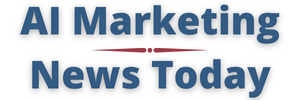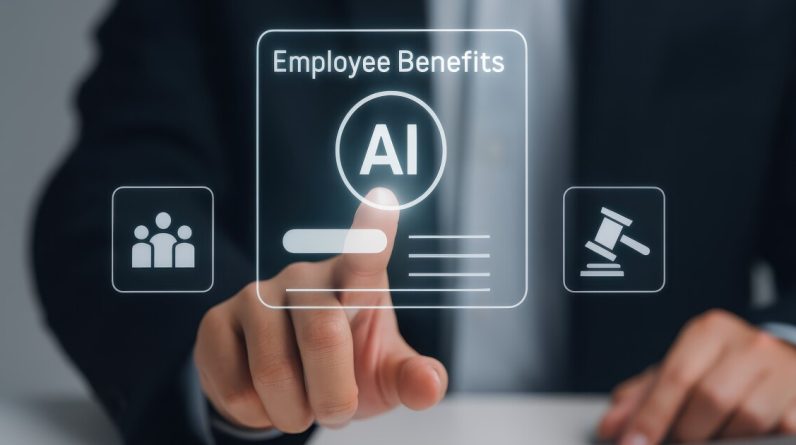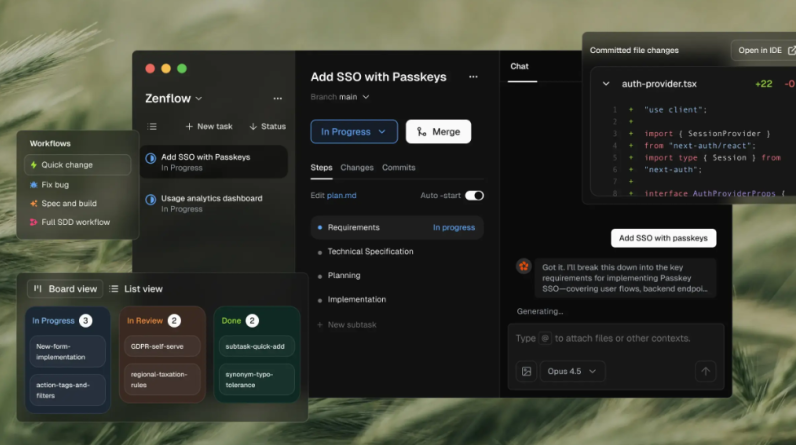
Eero Teerikorpi is the founder, CEO and chairman of the board of Continuent.
Downtime is no longer measured in minutes. It’s measured in millions of dollars. Resilience is the difference between business continuity and business loss.
The pressure shows up most clearly in the database layer. Many companies built on MySQL, MariaDB or PostgreSQL face a growing challenge: The complexity of distributed, multicloud deployments has surpassed what static, rules-based automation can manage alone. The safeguards that kept systems resilient a decade ago are buckling under the scale and unpredictability of today’s workloads.
The Historical Backbone: When Rules Built The Safety Net
Rules-based automation has formed the backbone of database operations for a long time. Rules shine in the safety-critical paths—the places where databases can’t afford hesitation or uncertainty, and where actions must be both fast and explainable:
• Failover And Recovery: Keeping database clusters online when something breaks
• Replication Safety: Ensuring data copies remain consistent
• Backups: Enforcing schedules and validating restores
• Traffic Management: Routing queries and shedding load when needed
These systems work because they are deterministic and auditable. In the language of database administrators (DBAs), you should be able to summarize the decision in one log line and replay it in tests.
But rules have limits. This gap is where AI is beginning to play a larger role.
The New Player: AI As Copilot
AI builds on a foundation of rules, adding adaptability where static thresholds fall short. In short, rules react; AI predicts. AI thrives where complexity outpaces static rules, in spotting patterns and forecasting risks long before they turn into failures:
• Prediction: Spotting problems before they cause outages
• Anomaly Detection: Finding patterns that rules cannot explain
• Performance Tuning: Suggesting smarter indexes and queries
• Capacity Planning: Forecasting traffic spikes and scaling in advance
• Operational Insight: Drafting postmortems and surfacing root causes
AI can also raise false alarms. Strong implementations limit noise by prioritizing signals tied to availability and customer impact, introducing automation in stages and continuously validating decisions against real outcomes.
With the right guardrails in place, AI reduces noise and anticipates problems. When AI takes on repetitive, predictive work, its influence reaches the core of the business. Outages are stopped before they erode customer trust or revenue.
With teams no longer locked in reactive mode, the role of the DBA shifts away from firefighting and toward something new.
The Changing Role Of The DBA
The rise of AI-driven automation is redefining the role of the database administrator.
In a rules-only world, DBAs were script writers and crisis responders, managing failovers by hand and tuning queries reactively. The work remained reactive, tactical and narrowly focused.
AI expands the scope. The emphasis shifts from operations to strategy, positioning DBAs as architects of resilience for the business. Instead of chasing alerts, they can now define policies and design systems built for long-term reliability. The focus shifts from manual fixes to strategic oversight that lowers risk and builds the stable foundation innovation depends on.
As this new division of labor takes shape, a critical question emerges: If rules, AI and humans all play a role, where should the decision lines be drawn?
The Tension Point: Who Decides What
Modern database automation requires orchestrating the right balance of rules, AI and human expertise. The real challenge lies in the gray areas—those overlapping moments where responsibility isn’t clearly owned by code, models or people.
Take disaster recovery as an example. A rules engine can execute a failover instantly when a primary site goes dark. But deciding when to declare a site lost is more complex. AI can forecast instability and recommend the right timing, but the final call often requires human judgment because of the business and compliance implications.
This is why boundaries are hard to define. Some tasks require deterministic speed, others demand predictive intelligence and a few still rely on human oversight. The future of automation lies in clear ownership of how these boundaries are orchestrated. We must determine when to trust rules, when to lean on AI and when human judgment must step in.
Autopilot With Guardrails
When rules, AI and human judgment are orchestrated effectively, a new, smarter model emerges:
• Rules = Speed + Certainty: Rules handle deterministic, safety-critical actions where speed and certainty matter most. They keep systems safe in the moment and ensure continuous daily operations.
• AI = Foresight + Optimization: AI provides foresight by predicting risks and optimizing trade-offs in complex scenarios, making operations proactive while balancing reliability with cost.
• Humans = Accountability + Business Context: Humans step in when decisions carry business or ethical consequences that automation cannot resolve. They provide oversight, define policies and ensure every automated action aligns with broader priorities.
The potential result:
• Fewer outages and shorter incident durations
• Lower cloud bills through proactive efficiency
• Less DBA burnout and faster delivery of new features
Over time, this model will continue to improve and get stronger. AI-driven recommendations that prove successful can be codified into new rules, while DBAs ensure decisions stay aligned with business priorities. In parallel, AI will operate under human guidance in the gray areas where rules can’t reach, interpreting context, adapting to change and balancing competing priorities in real time.
This creates a continuous feedback loop where proven AI insights evolve into new operational rules, strengthening reliability while freeing teams to experiment and build long-term improvements that move the business forward. The outcome is not only more resilient databases but also a foundation for competitive advantage in a data-driven economy.
The Future: Orchestration, Not Replacement
The role of AI automation in databases is entering a new phase, one that blends proven safeguards with adaptive intelligence.
This shift will change the nature of the work itself. DBAs move away from reactive tasks and into work that carries real influence on how systems are built and maintained. Companies will benefit from steadier operations that free resources for growth instead of constant recovery. For the wider community, it shows how AI can strengthen—not sideline—the human expertise and proven tools that modern data still depends on.
Forbes Technology Council is an invitation-only community for world-class CIOs, CTOs and technology executives. Do I qualify?







